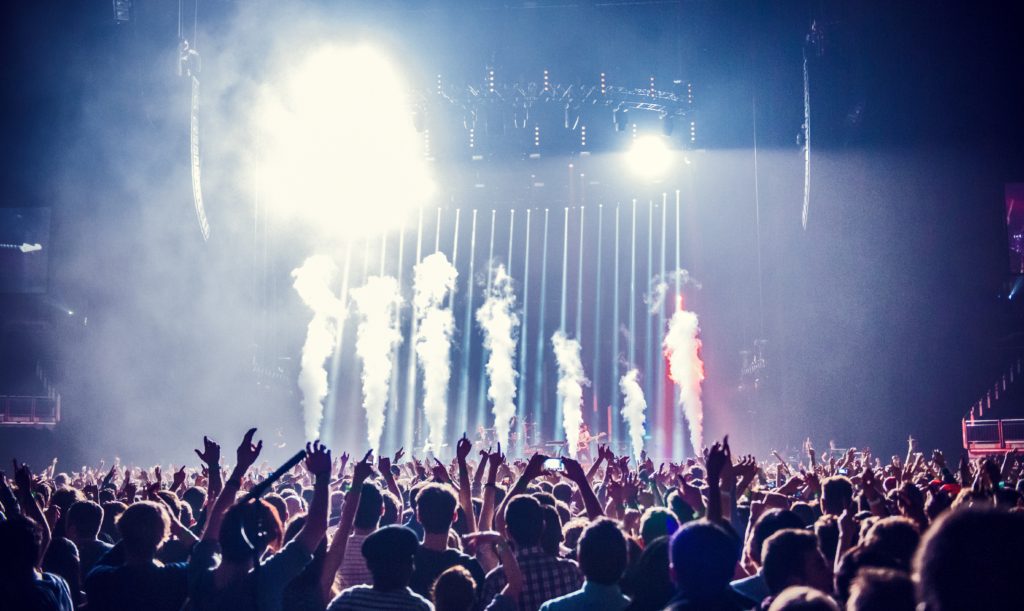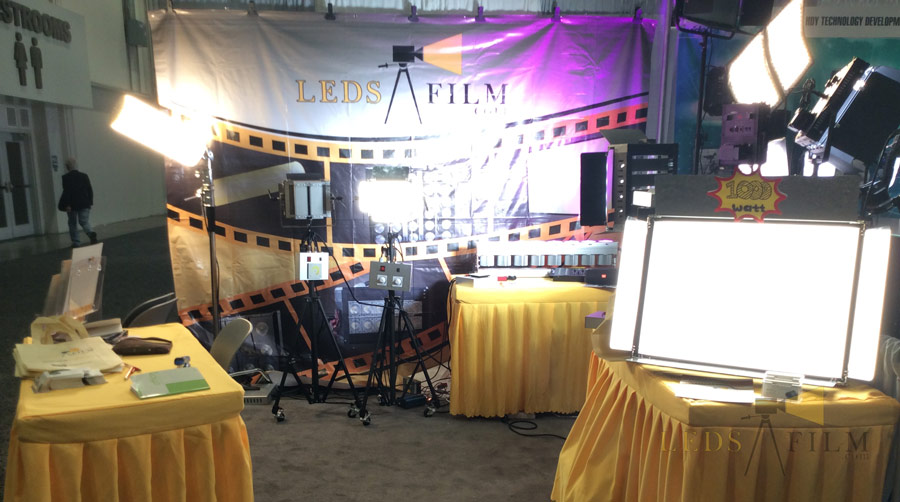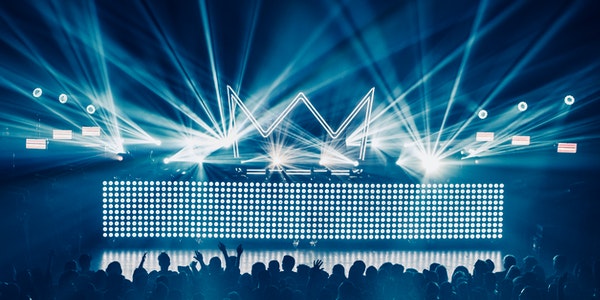Table of Contents
about Lighting
Any dramatic performance, in addition to the outdoor daytime performance, needs a set of lights to illuminate. If lighting is the only function of stage lights, then as long as a group of fluorescent lamps are arranged to hang on the stage, it can provide actors and scenery props with a smooth light. However, it is obvious that stage lighting is more useful than ordinary lighting. A group of efficient stage lighting can connect the visual elements of a production and increase the enjoyment of the audience.
What Is Stage Lighting?
Stage lighting has diversity and regularity, the most important feature of which is to let the audience’s mood change with the change of light color, the feeling of ups and downs can be closer to the plot and character emotion.
Stage lighting includes:
- The front desk lamp (the catwalk lamp in the ceiling of the auditorium) is usually used as the surface light.
- Four rows of lights on the stage (the first row lights the faces of the actors and the second row lights the heads of the actors)
Body effect: the third row lights the back, and the fourth row lights the scene)
- Left and right side lights
These are the ranges of a stage lighting designer.
Different lighters, color chips and angles can be arranged and combined into tens of thousands of light after changing the design. It not only enriches the expression and action of actors, but also creates another space and time, especially in creating an atmosphere and strengthening the mood. It has almost the same function as music, except that it uses light and shade and color to symbolize and imply the plot.
Take words as an example. Actors and scenes are real, while light is virtual. Designers should use their brains and techniques to express such abstract adjectives as “melancholy” and “indignant”. So when you watch a play, you don’t need narration or lines. From the hue and brightness of the stage, you can understand the season, climate and time of the play, as well as the emotional changes of the characters. Generally speaking, comedies use warm colors while tragedies use cool colors.
Of course, shadow without tone is also an excellent way of expression. In fact, the director’s idea of lighting is one of the main factors for him to maintain the consistent style of the whole play. Generally speaking, dim light is used for tragedy and horror films, while bright light is a warm and optimistic theme.
Functions of Lighting
(1) Selective visibility and concentration:
In the theater, we often use a sentence to describe the function of lighting: “we only show the audience what we want to show them”. We light up the part we want to show the audience and leave the other parts in the dark. Therefore, the selective visibility is that the lighting is layered and selective according to the location of the stage or the importance of the characters. Since human eyes are particularly sensitive to light, when there is still light on the stage, the audience will focus their eyes on the place with light, in other words, the light is equivalent to the searchlight that leads the audience to find the key points at any time during the performance.
(2) Present the set space-time situation:
In some scenes, the conditions about time and space have been prompted or implied. For example, this scene takes place in the morning or afternoon of a certain day in a certain month of a certain year, and the real time in the space-time of these dramas becomes the basic condition for lighting design to follow, so as to determine the direction and color of the light source, such as the effect of creating afternoon sunlight by lighting, or the effect of early morning in winter, or the effect of maple leaf in autumn, etc.
(3) Color the stage to set the mood:
The stage space is a canvas, and the stage, scenery, clothing and other things, if there is no light, will not be able to be seen by people, so lighting is the tool, brush and pigment of directors and designers. They paint the stage picture bit by bit. This has two meanings: one is that the scenery and clothing are seen by the audience, showing its original color, the other is the color of the light itself, which can create a certain atmosphere and effect on the stage.
To take a simple example, the colored light of the light is often divided into two systems: one is cold color light, the other is warm color light, the cold color light is mainly blue, and the warm color light is yellow or red Both of them can create different senses. This basic sense and atmosphere can help actors perform and act on the stage. This is an effect achieved by stage lighting.
(4) Shaping space and form:
Stage lighting can clearly cut the stage space, separate the various performance areas, as well as the background, middle and small areas scene, foreground and other levels, showing the depth of field of the stage, to achieve a complete visual effect. Furthermore, lighting plays a very important role in the use of space in different theater forms
How to Make Lighting
Performing art attaches great importance to practical experience. Therefore, people who study the art of lighting, in addition to the theory and use of appliances, are taught in the classroom, and practical experience occupies a great weight. Novices follow the master like a little apprentice to learn to color, install colored paper and so on. Continue to accumulate experience through actual operations.
The first step of stage lighting design is to read the script!
But the focus and angle of reading is different from that of actors. They have to practice seeing scenes and the whole picture, the emotional changes of the drama, find out the turning point, and transform into the rhythm, intensity and color of light. Because the design is such an abstract performing art, most designers think that the most important thing in learning is to understand life. Everything in life is worth and must be paid attention to. In one’s personal life, one can dabble in music, fine arts, history or Chinese poetry, ancient paintings, etc. In fact, the absorption of information and the observation of works are very important. Lighting design must be discussed with the director, set designer and makeup artist,

In order to seek the unity of interpretation angle, we should make further communication and compromise. Rehearsal, of course, can not be absent, every gesture, expression, eyes, must be familiar as the performer, in order to accurately use light to replace the emotion to be expressed. With the software preparation, we must also understand the lighting, lamp shape, space, height and equipment of the performance venue, so that the design will not be unrealistic.
The perfect performance involves the overall cooperation, especially the backstage workers use the whole stage table as soon as the curtain opens, the scenery, lighting, sound effects, etc. will begin to perform. Technical rehearsal is related to the performance quality, especially for lighting. During rehearsal, he can understand whether the atmosphere and effect he wants are appropriate or insufficient, and try to modify them.
In addition to the difficulties before the performance, there are also situations during the performance. Because in the actual performance
After all, it’s a rather boring job to operate computer switches and lighting hubs, so we need to work hard to avoid mistakes.
What Kind of Realm is the Target of a Lighting Designer
- Simplicity is beauty.
- Don’t be fancy, overwhelming, set off the theme without self-expression.
- It can set off the atmosphere and spirit, allowing the audience to accept and blend naturally, but does not feel its existence, this is a good design.
The highest ideal is “less is more”, hoping to reach the realm of returning to nature, rather than change with many colors, he tried his best to remind people of the “existence” of light. Of course, the color may be more abstract, but the audience feels real and has more profound emotional expression. Perhaps this is related to the basic abstract character of lighting design and application. As for novices in this field, the most important thing is to have a sense of ambition. In addition to multi-faceted involvement and efforts, they also need to cultivate patience, sensibility and carefulness. These three factors are the most important factors, from installation to disassembly, from feeling the plot to design.
Different from other arts, lighting design is the most direct way to learn from nature, but it also needs the most attention that only long rumination can give full play to the artistic expression of creation. This rumination not only refers to the cultivation of designers themselves, but also includes the research and innovation of science and technology.
Besides the sense of achievement, where is the charm of lighting? Maybe it’s like someone in the lighting industry said, it’s like life. You can’t go back and start over. You have to keep looking for beauty from mistakes and regrets!
Lighting production process
Lighting Design:
- Read the script well: we must understand the content of the performance, do the analysis work, and have an in-depth understanding of the performance, find out the turning point of the plot atmosphere, and determine the desired effect of each paragraph according to the script.
2.Regular lighting: participate in rehearsals from time to time, understand the content and location of the performance, and communicate with the director, actors and actresses, music, clothing and other departments after repeated discussions to determine the q-point, creative concept and effect, determine the first draft of lighting, after repeated amendments to the first draft. Before the actual performance, the final draft can be changed at any time according to the performance situation.
(to be Continued)
